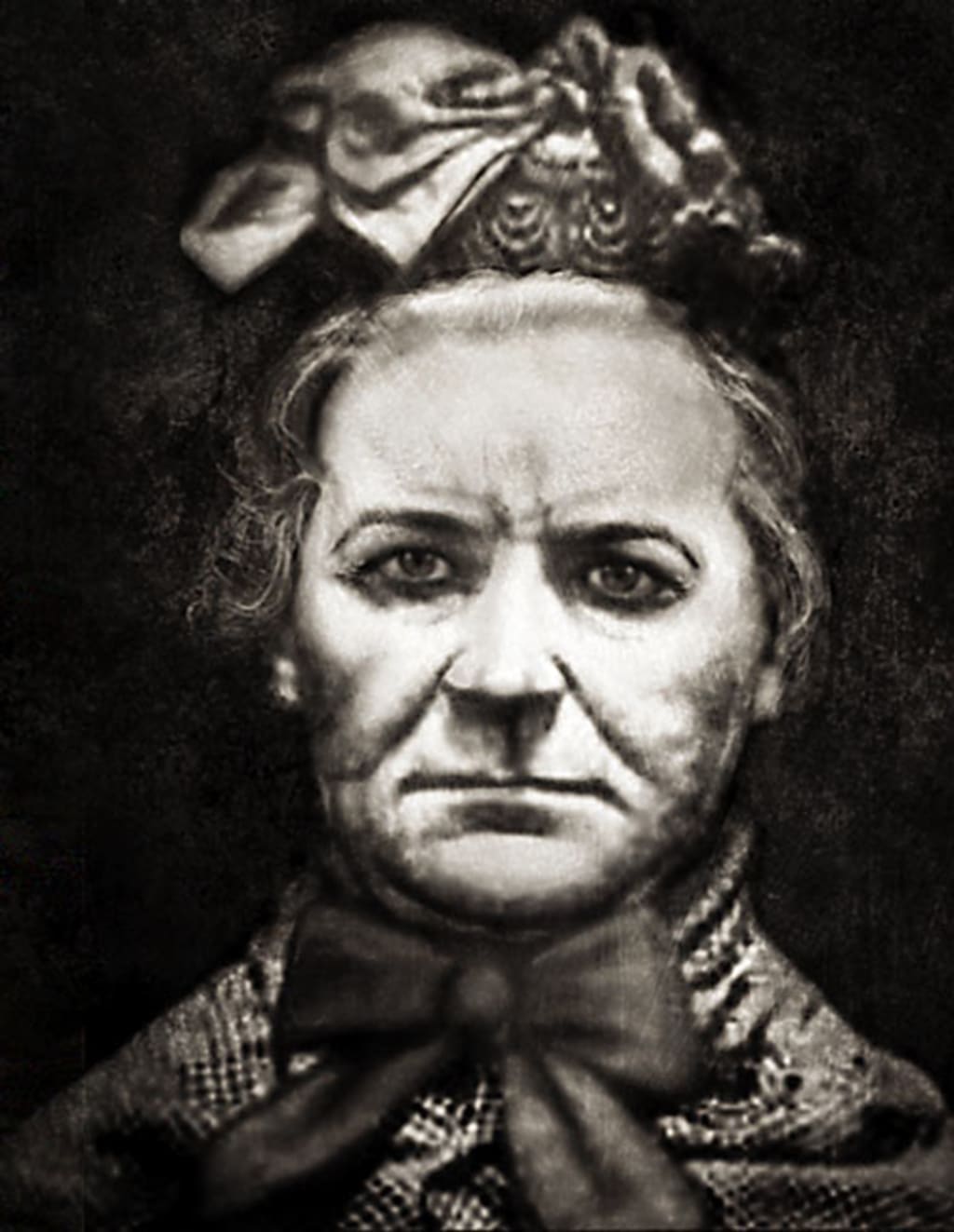
The Amelia Dyer case is one of the most chilling and horrifying true crime stories in history. Amelia Dyer, also known as the "Reading Baby Farmer," was a notorious Victorian-era serial killer who is believed to have murdered over 400 infants in her care. Her crimes shocked the world and led to a widespread public outcry, as well as the eventual reform of child welfare laws in England. In this blog, we will delve into the details of the Amelia Dyer case, exploring the motivations behind her heinous crimes and examining the evidence that led to her eventual capture and conviction.
But before we delve into the details of this chilling case, let us begin by asking ourselves some questions. How could someone like Amelia Dyer, who appeared to be a caring and compassionate woman, commit such unspeakable acts of violence? What drove her to murder innocent infants and toddlers, and how was she able to evade capture for so long? What can we learn from this case about the dangers of neglect and abuse, and how can we ensure that such atrocities never happen again?
Amelia Dyer was born in Bristol, England, in 1837. She grew up in a working-class family and was forced to leave school at the age of 12 to work in a local corset factory. She married a man named George Thomas in 1861 and had two children, but both died in infancy. After her husband's death in 1869, Amelia began taking in unwanted infants and toddlers as a way to earn a living. She claimed to be a nurse, and advertised her services in local newspapers.
At first, Amelia appeared to be a caring and compassionate caregiver. She charged a small fee for her services, but promised to provide a safe and loving home for the children in her care. However, as time went on, her true motivations became clear. She began neglecting the children, denying them food, water, and medical care. Many of the infants in her care died from starvation, dehydration, and disease.
But it wasn't until the early 1890s that Amelia began actively killing the children in her care. She would strangle them with a piece of white dressmaking tape, and then dispose of their bodies in the River Thames. It is believed that she murdered over 400 infants and toddlers in this manner over the course of several years.
The evidence against Amelia Dyer was overwhelming. In 1896, a package containing the body of a baby was discovered floating in the River Thames. The package was traced back to Amelia, who was arrested and charged with murder. During her trial, it was revealed that she had been running a baby farming operation for several years, and that she had a history of neglect and abuse. Several witnesses testified that they had seen Amelia mistreating the children in her care, and that she had been paid to take them in by their desperate mothers.
Despite overwhelming evidence, Amelia pleaded not guilty to the charges against her. However, the jury was convinced of her guilt, and she was sentenced to death. On June 10, 1896, she was hanged at Newgate Prison in London.
The Amelia Dyer case is a haunting reminder of the dangers of child abuse and neglect. It also highlights the importance of early intervention and prevention in cases of child abuse. Had Amelia been caught earlier, many lives could have been saved. It is also a testament to the power of the justice system to hold individuals accountable for their crimes, no matter how heinous.
In conclusion, the Amelia Dyer case is a tragic and horrifying chapter in the history of true crime. It is a stark reminder of the dangers of neglect and abuse, and a call to action for all of us to do our part to protect vulnerable children from harm. By raising awareness of this case and others like it, we can honor the memory of the victims and work towards a better future where all children are safe and loved.





Comments
There are no comments for this story
Be the first to respond and start the conversation.